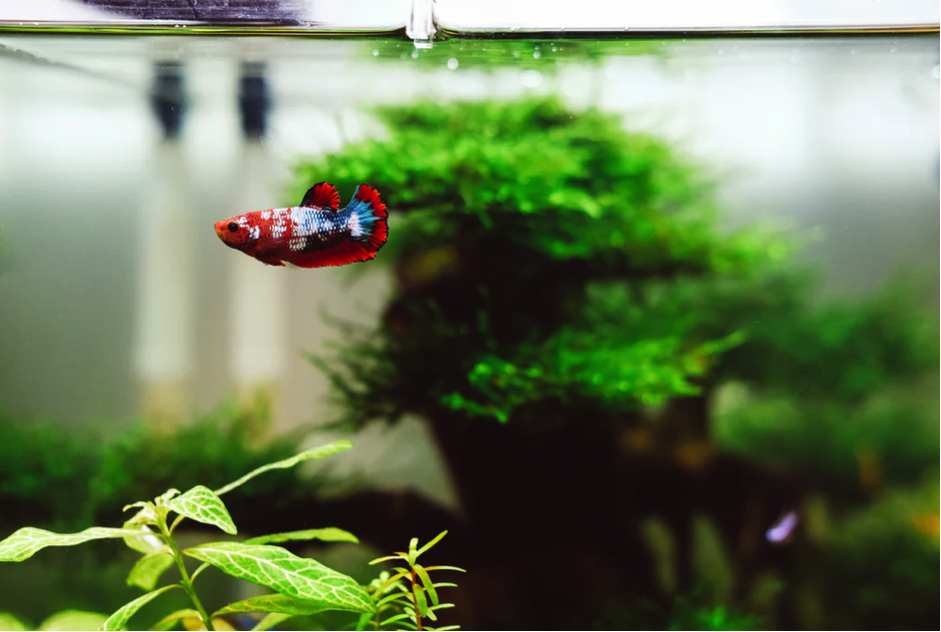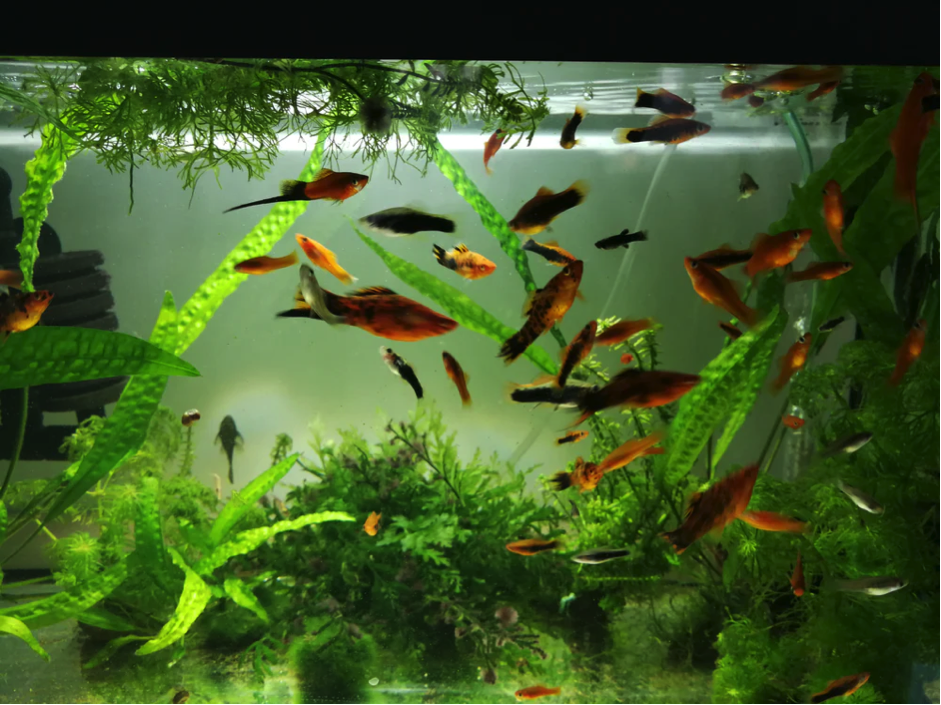Growing aquarium plants is a terrific idea as they make for a great addition to your fish tank. The main reasons why they’re good are that they provide a healthier environment for your fish and a stunning visual effect. Additionally, aquarium plants work as a natural food source and shelter for your fish. They also produce oxygen and absorb the carbon dioxide and ammonia released by the fish. If you want your tank inhabitants to thrive and remain healthy, you need to keep your aquarium plants healthy and prevent them from dying. To take care of your aquarium plants, you must address their needs and provide them with balanced nutrition. You need to treat them like living creatures and not as a piece of decoration for your fish tank. That said, read on to learn how to keep your aquarium plants healthy.
Choosing The Right Plants
Taking care of your aquarium plants starts by choosing the right types that fit in your tank. Every plant has different needs to survive and provide your fish with a healthy environment. For example, a plant that lives in saltwater cannot be put in a freshwater tank. Moreover, you shouldn’t place a plant that is not supposed to be fully drenched underwater at the bottom of the tank. Sword plants and moneyworts are easy to take care of so you can start with these types. It is crucial to meet all your plants’ needs to make them thrive and live longer. Some plants grow tall and fast so it is best to place them in the tank’s background. Others have floating roots that sag into the water from the surface instead of rooting into the substrate.
Using Fertilizers
One of the mandatory acts of taking care of your aquarium plants is providing them with the right fertilizers. Fertilizers offer the appropriate nutrients for your plants without which they cannot grow or survive. Learn more about fertilizer types and the right amounts to provide your plants so they can live longer. Moreover, using the wrong fertilizer or adding the wrong dosage can harm your plants and make them die sooner. When you’re looking for aquarium fertilizers, make sure you find the right mix of supplements based on your tank size and plant types. Furthermore, different kinds of fertilizers come in a variety of forms including substrates, liquid fertilizers, and root tabs.
Adding Carbon Dioxide
Since plants take in carbon dioxide and release oxygen, you need to make sure you add carbon dioxide to your tank so that both the plants and fish can live healthily. Aside from the nutrients aquarium plants need in order to grow, they specifically need CO2. Not providing CO2 to your plants will make them depend only on what the fish release, which may not supply them with enough CO2 to grow. The most recommended way of adding carbon dioxide is to use compressed CO2. Furthermore, you should be aware of the CO2 levels your plants need. Low-light plants usually require a small amount of carbon dioxide, while most intermediate and advanced plants need more CO2 additives. While plenty of plants need CO2 to survive, other low-maintenance plants don’t need any CO2 additives, like Java Moss and Lilaeopsis.
Providing Appropriate Lighting
A great tip to keep your aquarium plants healthy and thriving is to provide them with enough light. Generally, plants require a specific amount of light every day to grow and flourish. Aquatic plants need at least 12 hours of light to stay alive and healthy. Ensure you get fluorescent lighting to care for your aquarium plants because if the plants don’t get enough light, they cannot generate enough energy to grow or produce oxygen for your tank’s inhabitants. Many people choose to turn off the tank’s light before they go to bed or when they go out to save energy. Unfortunately, this can jeopardize the health of the aquatic plants and prevent them from growing. Always keep the light switched on to allow your plants to grow and remain green. Additionally, you need to meet your plants’ needs to prevent them from dying. Your plants will last for a long time if you provide them with enough light and a little extra care.
Correct Placement
When you start setting up your tank, you need to ensure that you put the plants in the correct location. Aquatic plants should not be placed randomly; they need to be put in specific spots that allow them to grow and survive. The best method for placing plants correctly is to start with short plants and continue in an ascending order to fill the midground and the background.
When it comes to tall aquarium plants, you need to pay attention to how they grow; they’re meant to grow upwards rather than outwards. Tall and skinny background plants like Vallisneria, Rotala Indica, and Ludwiga Repens make excellent choices since they cannot reach the mid-ground of your tank. Moreover, midground plants sit in the middle of the tank and grow tall, but not so tall as to block what’s behind them; they grow outwards. Rotala Macrandra and Alternanthera Rosanervig are two examples of midground plants. In addition, choosing foreground plants requires types that stay low instead of growing high so they don’t block other plants in your tank.
For you to reap the benefits of aquatic plants, you need to take care of them. Not only are they meant for decoration or making your tank look more appealing, but they are also living creatures that deserve attention and care to grow and survive. Taking care of your plants and fish go hand in hand since doing this will make them both healthy and thriving. More importantly, fertilizing your plants, providing the right levels of carbon dioxide, and adding appropriate lighting are the main responsibilities you must not overlook when caring for aquatic plants. It all starts with choosing the right plants that are easy to care for. Keep the listed tips in mind to help you maintain a healthy life for both your fish and aquatic plants.












